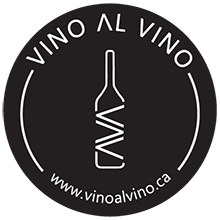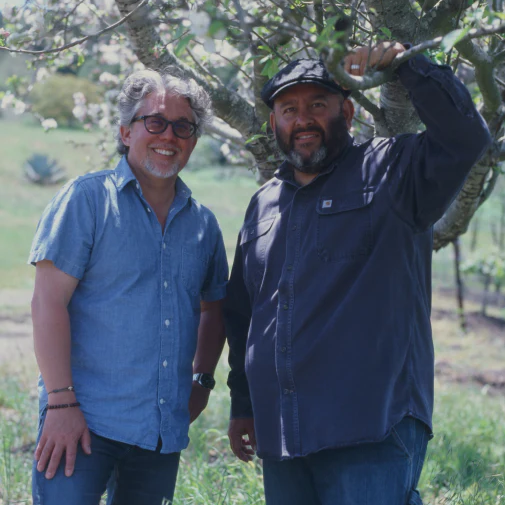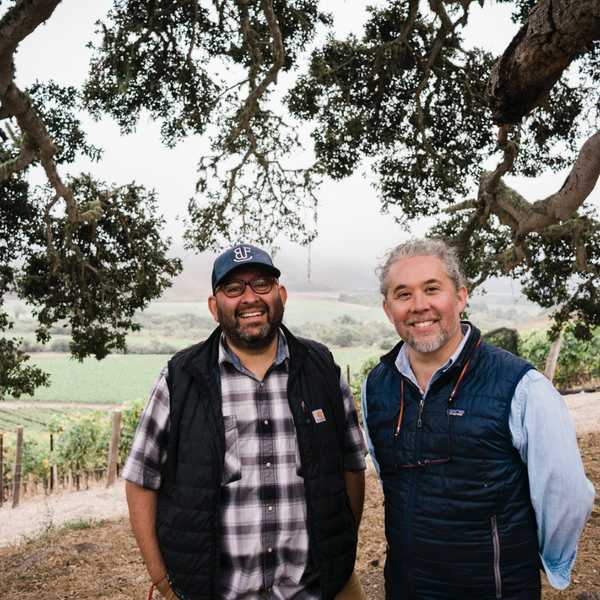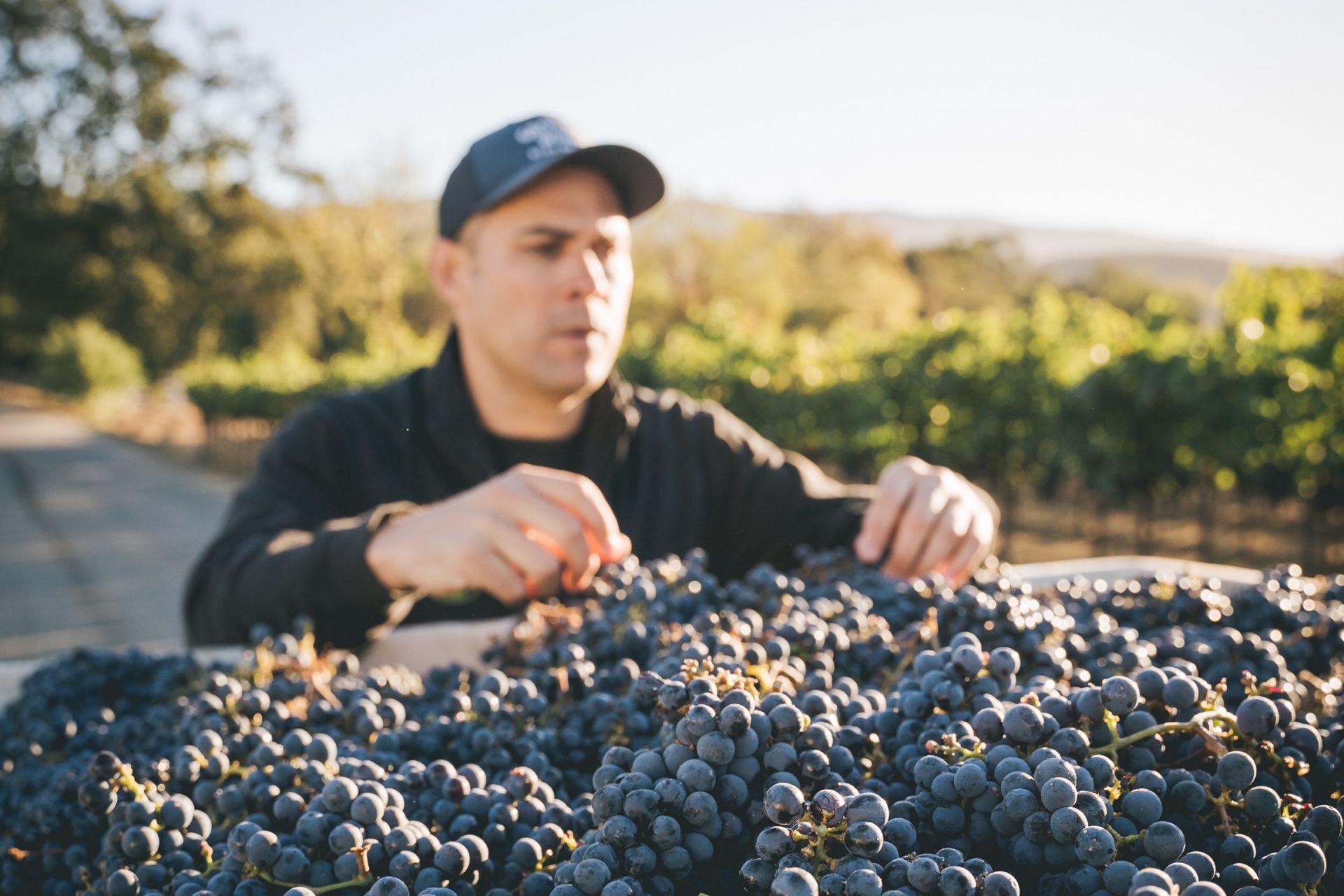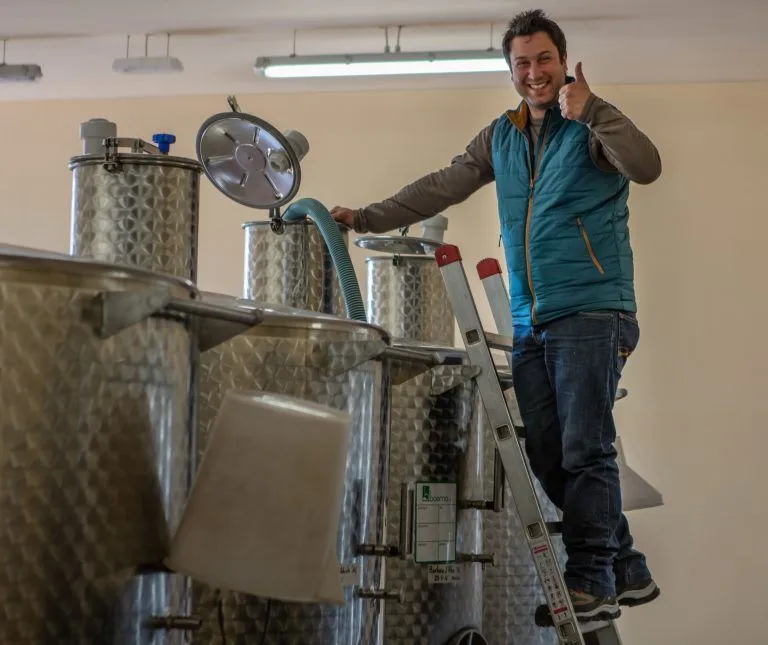How to start a wine brand | The ultimate guide to creating your own brand
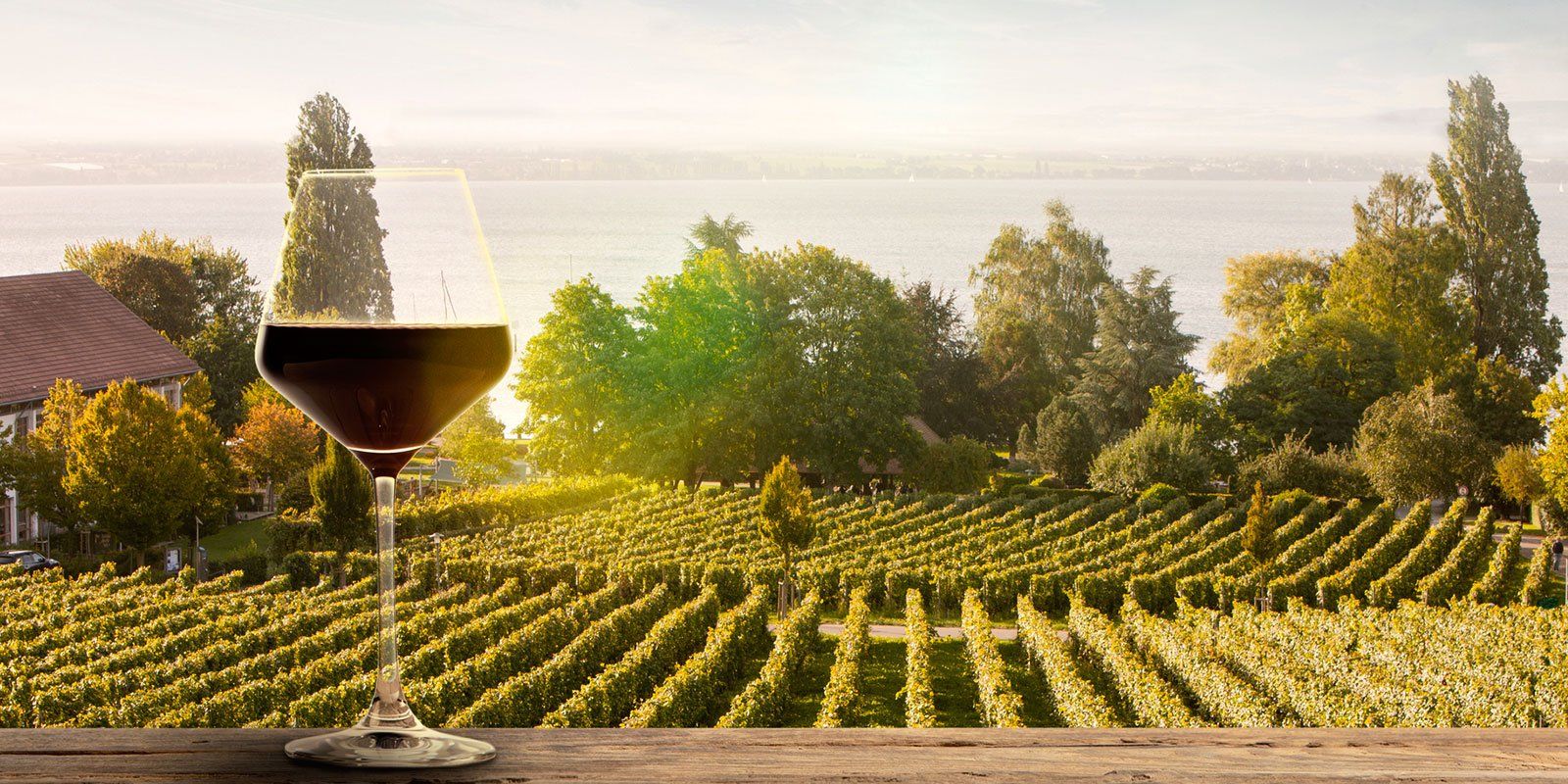
Creating a wine brand can be difficult. Especially to make it profitable. And if you don't have a lot of experience in the wine market, you may not know where to start. So, whether you are a dedicated wine producer, a grape grower, a wine influencer or another segment of the wine trade looking to start your own wine brand, you need to take into account some factors that are key to success when it comes to building a brand and standing out from your competition. We hope this guide can be a starting point for you!
How much does it cost to start a wine brand?
The cost of branding your own wine depends on how much volume you are looking to produce and where. Doing a small run in someone else’s facility is one end of the spectrum and setting up your own facility is on the other end with co-location and sharing equipment with other producers somewhere in the middle.
The cost of having your own wine brand varies depending on the country or region you choose to start production. For example, buying land and planting a vineyard is the cheapest… but you are at a minimum four years away from being able to start making wine.
Buying land under vine or already established vineyard significantly varies in price depending on the grape growing conditions of where the land is located. Also, the local microclimate will dictate the grape varietals that could be planted.
Let's use British Columbia for example. The region is divided into 9 GIs with the Okanagan being where the vast majority of wine producers are based out of. Demand for grapes already outstrips supply. Meaning there is not enough land under vine. So, to be expected an acre of land can sell between $250,000 and $300,000/acre. Outside of Similkameen, the other GIs have very small plantings. So this means that you are starting with raw land. The price per acre, depending upon location, can vary between $10,000 and $50,000. Then you have to add the cost to develop the land and turn into vineyards. Plus, the carrying cost. For 4 years, you will not be able to harvest grapes and have production. LCRB, the local regulator, requires you to have a minimum holding of 4 acres before you are issued a license.
Now, there are other costs besides the vineyard that you must take into account to create your own wine brand. Among them are:
Equipment
Refrigeration equipment, sorter, grape press, bottling machine, encapsulating machine, labelling machine, forklift(s), etc.
“Pots and Pans”
The vessels that you will need to ferment, age and store the wine: stainless steel, concrete, clay/terracotta, wood and so forth.
Facility
Sorting tables, crush pad, warehouse, cooler, cellar, etc.
Finally, to all the above costs it is necessary to add the labor, such as:
- Vineyard work (e.g. pruning, leaf management, water management, compost management, disease and pest control, picking, management, etc.)
- Cellar work (e.g. washing, racking, fining, filtering, monitoring, etc.)
- Sales and Marketing
- Shipping and Logistics
- Management
In total, it is estimated that during the first 5 years the amount to be invested is more than 1.5 million dollars.
How long does it take to start a wine brand?
To begin to form an answer to this question, it is necessary to think about the time that must pass for a vineyard to begin to have the necessary production to generate profitability in the future. This period of time can be estimated between 4 and 6 years, although this will depend a lot on the location of the vineyard and the climatic conditions.
The second thing to keep in mind is how long the process of making a good wine takes once you have the grapes available to produce it. Let's go a little deeper into the process:
- Crushing and pressing: This is the step that follows the harvest. Here, the aim is to process the grapes to start making the must.
- Fermentation: This process is where the character of the wine is defined. Are you planning on using select yeasts or rely on spontaneous fermentation based on the yeast that is ambient on the grape skins and in the cellar? This can vary from days to weeks and even months. For example, if a sweeter wine is desired, it will be necessary to stop fermentation before the sugar is completely converted into alcohol.
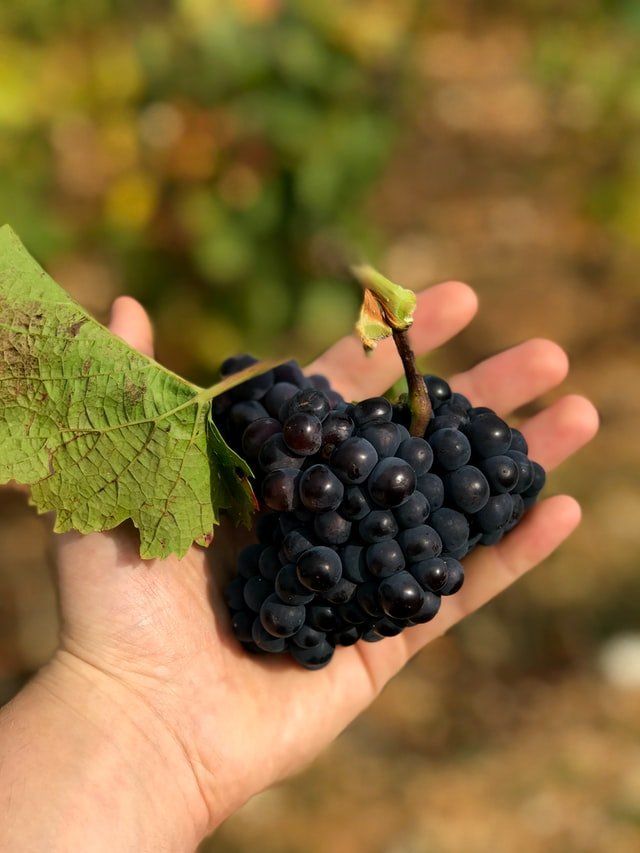
- Clarification: The last step before wine maturation is fining. Here, some substances, such as egg white, are added to separate the residual products from the wine.
- Maturation: Finally, there are several aspects to consider at this point. Starting from the assumption that the minimum time to let a wine mature is 1 month, we can say that it will gain different properties the longer we leave it in the barrel:
The grape varietals and the style of wine you are trying to achieve will drive what happens in the cellar. But typically the longer a wine matures, the more complex the wine will become by developing more aromas, nuances and flavors. Moving from the primary to the secondary and tertiary aromas and flavors.
Generally, the longer the wine ages, the better it will taste and the more unique it will be. However, the longer the wine stays in the cellar the more costs it accumulates, and you need deeper cash reserves before you can start monetizing the wine.
What makes a great wine brand?
To stand out in the wine industry it is necessary that you first understand what makes wine labels stand out from the rest. And, although there is no formula that ensures 100% success there are some aspects that, if you take them into account, can bring you a little closer to having a profitable business.
Study your target audience
Each consumer is a world, and it is currently possible to identify 6 types of wine consumers: image seekers, overwhelmed consumers, enthusiasts, loyalists, price seekers and newcomers. And of course, each one has some particular characteristics, which can make them lean towards one wine or another.
Therefore, a good market analysis of your future buyers can allow you to know what they like the most, what they identify with and what their values are. That way, you will be able to connect better with them, and make them come back to choose you again and again over the competition.
Tell a good story
Although it does not guarantee that your customers will buy your wine again, a good story helps (and a lot) to create a brand identity, since your customers will identify more with your wine over others. It is best to appeal to emotional points, such as why you have decided to start your winery or stories that have happened in the area where your wine is produced.
Image
This is one of the key aspects in the customers' decision making process. Making a great visual impact (not only with the packaging, but also with the wine label) can make you stand out among the great amount of available offer. Ideally, the image of your wine should be linked to the story you previously designed.
Use the power of social networks: social networks have taken a great relevance to disseminate products. Having the ability to take advantage of them is key to publicize your brand. You can post photos to advertise your wine, but do not limit yourself to that: also promote different events that you carry out with your winery. For example, you can organize tastings in a wine tasting room, or even in your winery.
What is private label wine?
One of the most common wine production models is through the creation of a private label wine. Broadly speaking, this business model will allow you to reduce costs, since you will only have to buy wine from other producers and then bottle it.
One of the most common wine commercialization models is through the creation of a private wine brand. This method can be carried out in two ways:
- Purchase grapes or must from a specific winery. In this case you will have to take care of making the wine yourself.
- Buy wine already made. Here you will have to agree with the winemaker the specific characteristics you want your wine to have. If you choose this way, you will only have to bottle and label the wine.
The main advantage of private label wines is that you will be able to save a lot of money that you would otherwise have to invest in machinery, while the disadvantage of this model is that you don't really know how the wine or must has been made. That's because you won't be as involved in the production process.
Despite the latter, if you don't have enough capital to invest in a vineyard, private label production can be a great option to start with.
What is white label wine?
White label wine is another way to market wine, even more economical than private label production. The main advantage is that you will not need to bottle or make the wine from the must of another winery, since you will directly buy bottled wines that you will have to label. The disadvantage of this type of wines is that they have much less customization, since you will not be able to agree with the winemaker what characteristics the wine will have.
How to start a wine brand: 8 steps to be successful

Creating your own wine label is not as easy as it might seems. Therefore, let´s see the steps to start a new wine brand:
1. Legal aspects
One of the things you should take into account when creating a wine brand are the legal aspects in the country or state where you live regarding wine production. It is likely that, before doing anything else, you will need to ask for some special permits. In addition, it is advisable to inquire about the taxes on wine production in the area where you want to start your production, as it varies from city to city.
2. Define how much volume of wine you are looking to produce
Your approach will vary depending on how much wine you are looking to produce. The set of challenges are very different depending on whether you are looking to produce a barrel of wine (most commonly 225 liters or the equivalent of 300 x 750 ml bottles) vs. produce a 40’ container (approximately 1,200 cases or 14,400 bottles) full of wine.
In the first instance, you are able to get an existing wine producer. In the second instance, you are looking to become an extra small wine producer or your conversation has to shift to large or extra large wine producers or cooperatives that can and are willingly to bottle this much wine under a private label.
3. Choose the type and origin of the grapes
Here you must decide what type of wine you want to make, and where the grapes will come from.
- Each type of grape will allow you to make a different wine: the international grape varietal (e.g. Cabernet Sauvignon,Chardonay, Grenache, Malbec, Merlot, Nebbiolo, Sauvignon Blanc, etc.) are most common and as such would be easier to sell due to familiarity as compared to obscure indigenous grape varietals.
- Regarding the origin of the grapes, you can start by acquiring them from a private vineyard. Or, if you have more money, you can buy a vineyard to plant the vines yourself or with the vines already planted. However, keep in mind that depending on what you choose, the price may vary.
4. Choose who will be in charge of making the wine
At this point, it is about whether you feel you have enough experience and confidence to be the person who makes the decisions regarding the characteristics of your wine. If you do not have much experience, then it would be better to hire an experienced winemaker to take care of that aspect, and you should only worry about the financial part of the business.
5. Decide where you will make your wine and acquire the necessary machinery and supplies
Regarding the place, there are many options to start making your wine. One of the most common places (mainly because it is cheaper) is the garage of your home. But there are many other places where you can make wine at a reduced cost. One of them are the cooperatives, where you will associate with other producers who are looking for the same as you. This will not only allow you to save money on rent, but you will also be able to use the machinery you have available there.
The other point to keep in mind is the machinery you need. In the beginning you can choose to do everything by hand. Manual effort does not scale easily. But the wise strategy is to do everything manually to the point where the friction of doing manually is too great and justifies making the investment in the equipment.
6. Bottling
Here you will have to decide if you want to bottle your own wine or if you prefer a private company to do it. If you want to do it yourself, then you will need the appropriate machinery:
- A machine to bottle your wine.
- A closure machine, to place the cork in the bottle.
- A labeling machine.
In addition, you will need a series of supplies:
- Containers (e.g. glass, ceramic, aluminum, TetraPak, keg, etc.)
- Closures (e.g. natural or synthetic cork, crown or screw cap, etc.)
- Labels, so that your customers can identify your product.
7. Choose where to store your wine
At this point, you must decide whether you can store the wine yourself (you must have enough space, and keep in mind that the ideal storage temperature is 12°C) or you need to pay a service to store the bottles until they are ready to be marketed. In the latter case, you should ask about the rates and what kind of refrigeration system the place has.
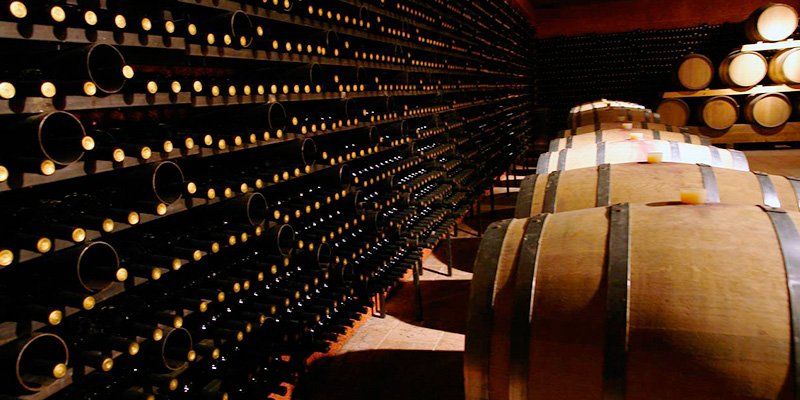
8. Means of distribution
Selling to your audience vs. selling into the wine trade (on premise and off premise licenses) are two very different propositions. The wine trade is extremely competitive. If you are to achieve traction there, you need a very well made wine with great packaging at the right price that has or is able to create demand pull.
Getting a wine listed with a store or a restaurant is not the end goal, it is simply the first milestone. Once the wine is listed, you have to be able to create sufficient demand to keep it listed. If a wine falls below a set inventory turnover rate (how much wine would you be able to set in a given period), you are likely to lose the listing, unless other factors are in play to keep it listed.
In this step, you must choose which method you will use to distribute your product. The two most commonly used are:
- 3-level distribution: Here you will not only be involved, but also a distributor who will buy the wine from you and a business, who will be the one to receive the final product and market it to the public.
- Direct to consumer (DTC): This is the most common method for extra small and small producers as it provides the highest profit margin. For some producers, 75% of their sales come from rubber traffic (i.e. people visiting the winery). As such, location and facility of great importance. Many producers ship wine. This is complex as the regulatory regime changes on a province/state/country level. Even though it is a bit more complicated, due to the regulatory issues, most producers choose it to be even more involved in the distribution process of their wine, besides being more profitable. It consists of getting your wines, without intermediaries, to your customers. To do this effectively, you need to establish a strong web and social presence and provide customers with the ability to buy from your online with ease.
How to start a wine brand without a winery: 6 steps
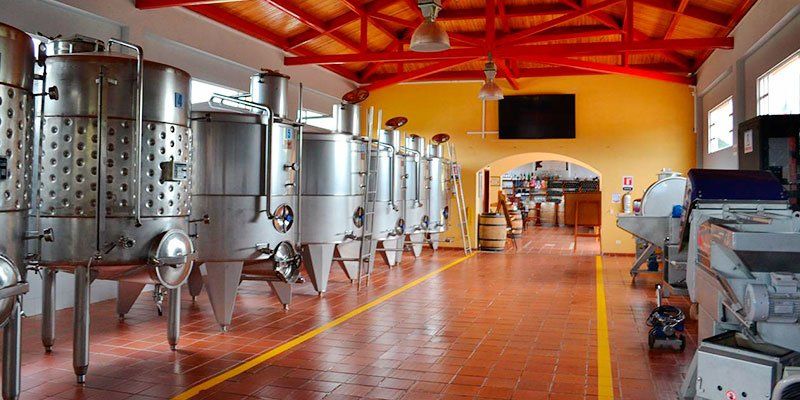
As we mentioned above, there are two wine business models where you don't have to invest in a vineyard. Here we will tell you how to own a private wine label, and all the steps you should follow to achieve the highest possible profitability:
1. Conduct a market study
Launching a wine brand, even if you use a private wine label business model, is a difficult proposition. Currently, there are over a million wine producers. A typical wine producer has at least 5 different wines in any given year. A lot more if you take into account prior vintages. So a back of the napkin calculation will indicate that your odds are 1:5,000,000.
At the regional (province/state/country) level there are typically between 10 000 and 30 000 listed wines with a regulator, depending on how liberalized the market is.
At this point, you should analyze your future customers. Try to think of a wine that suits the tastes of your ideal client, in addition to the price he usually pays for each bottle. This will allow you not to have a large overproduction and not to have a shortage of products because you have exceeded the demand.
There is definitely no shortage of wine and launching a new wine brand is a hard task. The one factor that can sway things in your favour is if you already have a dedicated audience. We are currently helping a conference organizer that has a loyal following of 30 000 people to establish a wine brand.
2. Choose a suitable place to make your wine
There are many places you can use to start making your wine. For example, if you have a garage, you can start production there since it is more economical. However, you also have another option: to associate with a cooperative. The latter will allow you to save some money on supplies and machinery, since cooperatives usually have some machines.
3. Contact the warehouses
Next, you must carry out a market analysis to find those warehouses that can work as suppliers of the ideal product you have previously thought of. Here you must decide whether you prefer to buy the must or grapes from the winery or buy the wine directly (you must agree on the characteristics of the wine with the winemaker). If you choose the latter option, bear in mind that there are some wineries that can offer you deliveries of different quantities at a better price.
3.1 Winemaking
In case you want to make the wine yourself, then you will have to acquire the necessary equipment. Refer to previous sections.
4. Bottling and labeling
In this step, you will have to bottle and label the wine you previously bought. For this you will need the same equipment mentioned in a previous section.
5. Choose where to store your wine
Same to take into account as mentioned before.
6. Means of distribution
As in winemaking with a winery, the last step is distribution. Remember that you can do it in 2 ways: by 3-level distribution or by the direct-to-consumer methodology.
Following these steps you will have the chance to own a private label wine brand that is also profitable.
5 wine marketing strategies & tactics to boost your wine brand awareness
1. Think about your ideal customer
The first step to start your wine brand is to know who you are targeting. What is their age? What are their tastes? What are their values? By answering these questions, you will be able to more clearly and accurately perform the following steps.
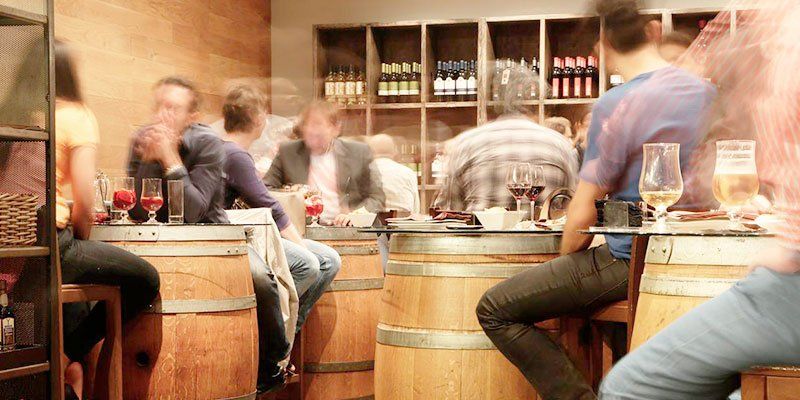
2. Create a story
A good story will allow you to connect with the values of your ideal customer, as well as their tastes. And that is something that, in the face of the large number of offers that can be found, can make the difference in your favor. Think of an attractive story, of something that may have happened in the place where your wine is created. Or perhaps you could start with the motivations that have led you to develop that particular wine.
A great example is the Domain Luneau Papin brand: they have a story of love and joy, because, despite having started as separate brands (Domaine Pierre de la Grange and Domaine Papin), they ended up joining forces after Pierre Luneau and Monique Papin met (and later married).
3. Give life to your brand
In this step, you should design the name and colors of your brand. For the name, you should take into account both the message you want to convey with your story and what you want your customer to imagine when they see your wine.
On the other hand, the colors should always accompany the idea you want to convey with the name. This will allow your product to attract the attention of many people.
4. Choose your sales channels
In wine production there are four main types of sales channels:
Direct-to-Consumer
Here you can be more in contact with your end customer.
- Tasting Room: The most common form of direct sales is through wineries.
- Online: this sales channel is relatively new, and consists of your customers buying your wine through a website. In this case, you should be in charge of shipping the product.
Direct-to-Trade
- HoReCa (HOtels, REstaurants and CAfes) commonly referred to as on-premise and it denotes where the wines is consumed (i.e. people go out of their homes to eat and drink).
- Stores, like markets or liquor stores.
Domestic and International Distribution
In this case, we are talking about including an intermediary in the process, which for example can be a supermarket, a physical store or even a wine distributor (who will buy your production and then sell it to stores where your customers will have access to your products).
5. Find an expert in the field
An expert in the field can make the process, from the vineyard to the distribution, run more smoothly as they know the details from the wine market to the legislation and everything in between.
4 examples of amazing wine brands
Finally, we are going to tell you about 4 natural wine brands, which have managed to develop an incredible branding strategy: Máquina y Tabla, Azimut, Tenuta Amadio and Johaness Zillinger.
Máquina y Tabla
The story of this Spanish brand is fantastic: Oriol (winemaker) and Susana (communication and sales manager) started touring the Toro area, the Sierra de Gredos and Bierzo during 2012. Their goal? To find the highest and oldest vineyards, to start wine production there with as little human intervention as possible. As a result, rustic wines are obtained, but at the same time easy to drink, which can be described with one word: wild.
Now, you are probably wondering about the meaning of his name. Well, Màquina y Tabla reflects the vision of its creators about the relationship between man and nature: many times man seeks to impose his strength over nature, and nature usually ends up winning. That is why Máquina y Tabla advocates to intervene as little as possible, and in a very delicate way, in order to obtain memorable results.
Azimut
While the name alone does not say much about the brand, when translated from Arabic you will understand what these wines are all about. Azimut means ''direction'', a key word to describe this brand of natural wines: direction towards a more sustainable production method, with the lowest possible level of intervention and always supporting local grape producers.
Understanding the meaning of the name Azimut allows not only to understand the production method of their wines. It also allows to connect much more with this brand of natural wines.
Tenuta Amadio
Tenuta Amadio is a brand of natural wines, which focuses mainly on making Prosecco, a sparkling wine similar to Champagne and closely identified with Italy. But Tenuta Amadio is not only a brand rooted in Italy: it has its roots in Monfumo, where Amadio Rech bought the first plots of land that still belong to this brand of natural wines.
However, the name is not the only thing that evokes the tradition of these natural wines. The fact that the Oratory of Sant' Antonio has been chosen as a symbol, present on each label, identifies them even more with the region.
Johannes Zillinger
Finally, we introduce you to Johannes Zillinger. This producer focuses on producing wines using biodynamic methods. This means that for the production of each wine he avoids the use of chemicals. Instead, biodynamic practices are used, such as the use of kvevri or spontaneous fermentation with native yeasts.
This philosophy of respecting the environment and connecting with nature when making each wine is reflected in the minimalist labels of each wine. They all have a symbol that is repeated on each one: the butterfly.
Recommended Posts
At Vino Al Vino, we are very passionate about helping new vignerons and winegrowers winemakers build out their wine brand. We also want to do our part to promote diversity and inclusion in the industry. We are a proud member of
Vinequity.
As you may have seen, the road to start your own wine brand can be very tough. But giving the right steps (and with a little help from us) you can make your journey a lot easier, faster and a lot less risky. Just remember: patience is the key to success.
Vino Al Vino is a Canadian wine wholesaler and wine importer specializing in real wines, wines with minimal intervention. All of our wines are sustainable. Almost all of our wines are certified organic. Many of our wines are certified biodynamic. Many of our wines are full-throttle zero-zero natural wines.
